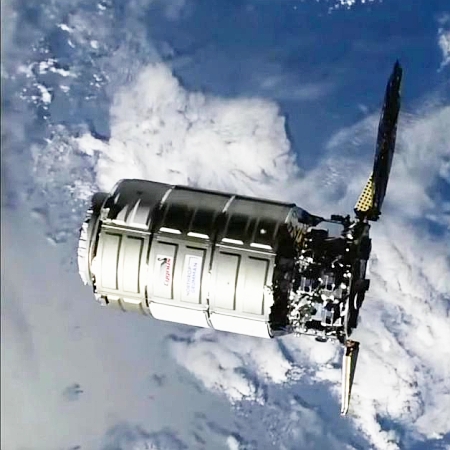Divers for documentary discover large piece of Challenger
Divers for a television documentary have discovered a large piece from the shuttle Challenger that broke up 74 seconds after launch in 1986.
The piece is more than 15 feet by 15 feet (4.5 meters by 4.5 meters); it’s likely bigger because part of it is covered with sand. Because there are square thermal tiles on the piece, it’s believed to be from the shuttle’s belly, Ciannilli said.
The fragment remains on the ocean floor just off the Florida coast near Cape Canaveral as NASA determines the next step. It remains the property of the U.S. government. The families of all seven Challenger crew members have been notified.
The History Channel will air a show describing this discovery on November 22nd.
Divers for a television documentary have discovered a large piece from the shuttle Challenger that broke up 74 seconds after launch in 1986.
The piece is more than 15 feet by 15 feet (4.5 meters by 4.5 meters); it’s likely bigger because part of it is covered with sand. Because there are square thermal tiles on the piece, it’s believed to be from the shuttle’s belly, Ciannilli said.
The fragment remains on the ocean floor just off the Florida coast near Cape Canaveral as NASA determines the next step. It remains the property of the U.S. government. The families of all seven Challenger crew members have been notified.
The History Channel will air a show describing this discovery on November 22nd.










